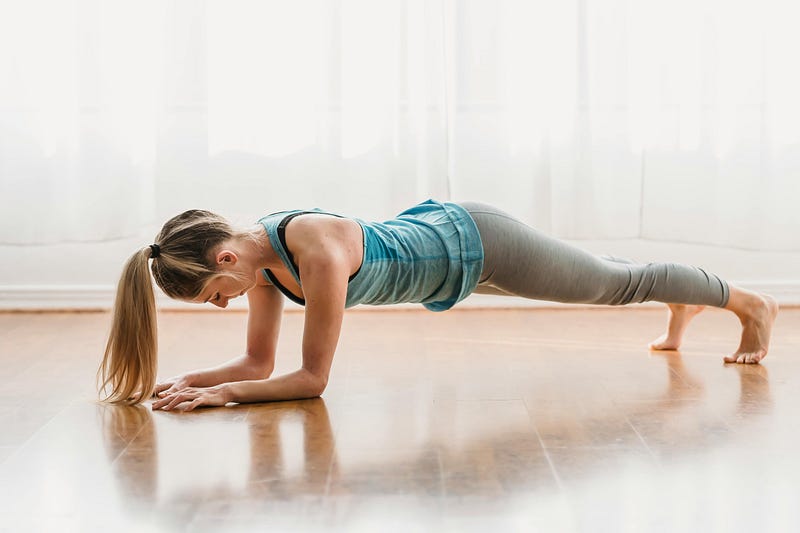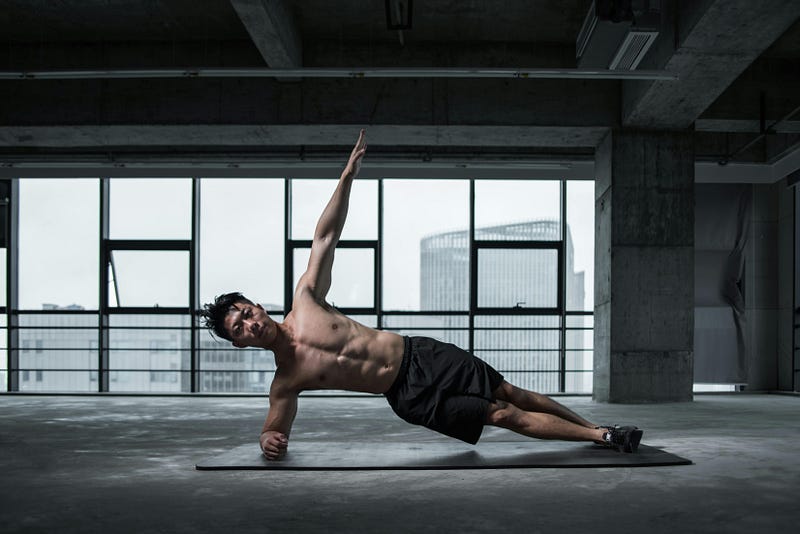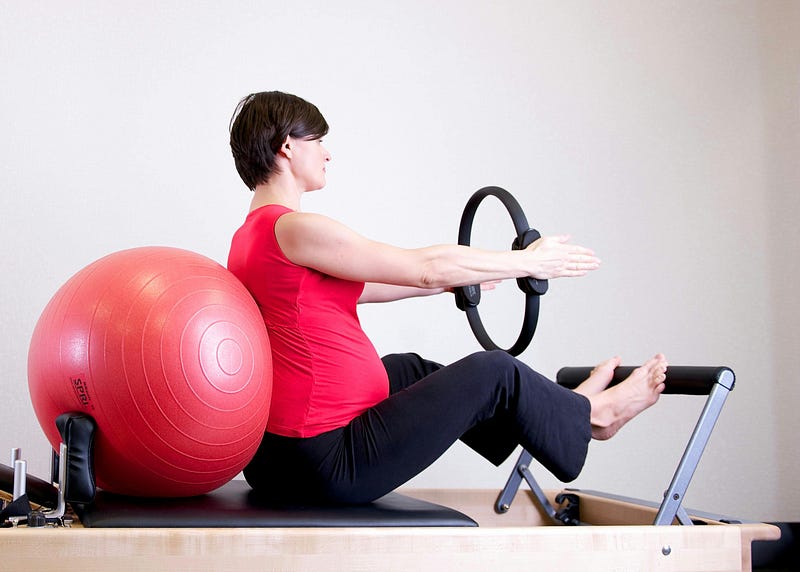🏋️♂️ Unlock Your Body's Strength: Mastering the One Exercise for Total Body Transformation

When it comes to fitness and weight loss, many individuals are continually searching for that one exercise that can deliver maximum results with minimal exertion. While there’s no magic bullet, there is one exercise that comes really close: the humble plank. Frequently overlooked in favor of more flashy exercises, the plank offers a multitude of benefits for the whole body and it has the potential to become your new fitness obsession. In this complete aide, we’ll explore the power of the plank and why it deserves a spot in your gym routine.
The Power of the Plank:
The plank is a deceptively basic exercise that targets multiple muscle groups simultaneously, making it staggeringly efficient for developing strength and stability. Not at all like traditional crunches or sit-ups, which primarily focuses on the abs, the plank engages the entire core, including the rectus abdominis, transverse abdominis, obliques, and lower back muscles. Moreover, the plank likewise recruits muscles in the shoulders, chest, arms, and legs, making it a full-body exercise that can improve overall strength and muscular endurance.
Key Benefits of the Plank:

Core Strength and Stability:
The primary benefit of the plank is its capacity to strengthen the core muscles, which play an imperative role in stabilizing the spine and maintaining proper posture. By holding a plank position, you engage the deep core muscles, including the transverse abdominis and pelvic floor muscles, assisting in further improving core strength and stability.
Further Improved Posture:
Consistently practicing planks can help improve posture by strengthening the muscles that support the spine and pelvis. By developing a strong core and stabilizing muscles, you’ll be better equipped to maintain proper posture over the course of the day, lessening the risk of slouching and postural imbalances.
Decreased Risk of Injury:
A strong core is essential for injury prevention, as it helps support the spine and protect against excessive stress and strain during daily activities and exercise. By strengthening the muscles encompassing the spine, hips, and shoulders, planks can assist with diminishing the risk of common injuries, like lower back pain, shoulder impingement, and hip instability.
Functional Fitness:
Planks mimic real-life movements and exercises, making them a functional exercise that translates well to everyday activities and sports. Whether you’re lifting heavy objects, carrying food, or playing sports, a strong core and stable body are fundamental for optimal performance and injury prevention.
Increased Calorie Burn:
While planks might not appear to be a high-intensity exercise, holding a plank position engages multiple muscle groups all at once, resulting in increased calorie expenditure. Moreover, planks can elevate the heart rate and further improve cardiovascular wellness when performed as part of a dynamic exercise routine.
Click Here to Achieve your Body Goals Faster with 24/7 Fat Burning Fuelled by Nature…
How to Incorporate Planks Into Your Routine:

Now that you comprehend the benefits of planks, It’s time to incorporate them into your exercise routine. Whether you’re a beginner or an experienced fitness enthusiast, there are multiple ways to incorporate planks into your routine:
Begin with the Basics:
If you’re new to planks, begin with a basic plank position by holding a straight-arm plank or forearm plank for 20–30 seconds at a time. Focus on maintaining proper form, with your body in an straight line from head to heels and your core engaged all throughout the exercise.
Progress Over Time:
As you become more comfortable with the simple plank position, progressively increase the duration of your holds or experiment with additional challenging variations, for example, side planks, plank jacks, or plank with leg lifts. Challenge yourself to hold a plank for longer periods or add plank variations to create a more dynamic workout.
Incorporate Planks Into Your Exercises:
Add planks to your customary workout routine by including them as a part of a circuit training workout, HIIT exercise, or core-focused routine. Mix and coordinate different plank variations with other exercises to create a well-balanced workout that targets multiple muscle groups.
Pay attention to Your Body:
Focus on how your body feels during and after planks, and modify or advance the exercise as needed. If you experience uneasiness or pain, take a break and consult with a fitness professional or physical therapist for guidance on proper form and technique.
Make Planks a Habit:
Consistency is key when it comes to seeing results from planks. Aim to integrate planks into your exercise routine 2–3 times per week, progressively increase the intensity and duration of your holds over time. By making planks an ordinary part of your fitness routine, you’ll reap the rewards of further improved strength, stability, and overall wellness.
Click Here to Shred Fat, Get Lean And Transform Your Body with the Ultimate Fat Burner — PrimeShred

In Conclusion:
The plank is a straightforward yet powerful exercise that offers a multitude of benefits for the whole body. By incorporating planks into your exercise routine and practicing proper form and technique, you can strengthen your core, further improve posture, decrease the risk of injury, and enhance overall fitness and health. Whether you’re a beginner or an experienced athlete, the plank is a versatile exercise that can be modified to suit your fitness level and objectives. So why wait? Start planking today and unlock the transformative power of this game-changing exercise!

Control your Blood Sugar Levels and Loss Pounds Effortlessly — Click to Learn More…
Comments
Post a Comment